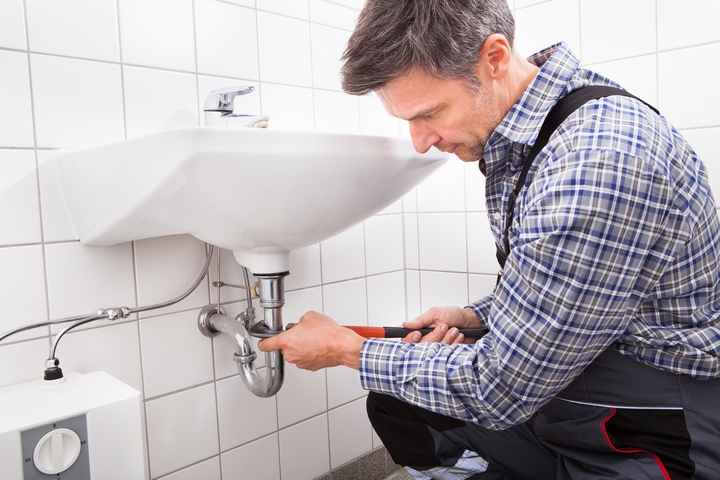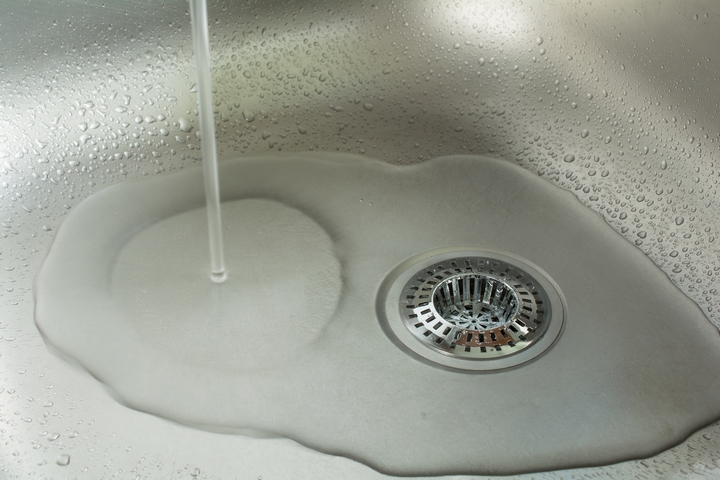
If you’re looking to buy an older house, there are a few plumbing concerns that you should be aware of before signing on the dotted line. While inspecting your house, it’s a good idea to inspect the visible piping throughout the building in order to spot potential defects, leaks, or poor repair jobs. Old houses commonly have many DIY repairs throughout, and pipes are no exception to the rule. Beyond looking for shoddy DIY work, there are a few more pressing possibilities to be aware of.
1. Galvanized Pipes

Of all of the costly issues that affect older homes, the most common is likely galvanized pipes. Galvanized pipes are made of steel or iron and have a protective coating of zinc in order to prevent rust and corrosion. These pipes were used because they had a much longer lifespan than normal iron and steel pipes, which made them more reliable at the time. Over time, however, we’ve come to learn that the inside of the pipes would still eventually corrode and rust, and worse yet, some of the zinc solutions contained varying amounts of lead.
Galvanized piping doesn’t always require immediate, costly action, but often times the damage is already present. Concerning signs may range from a noticeable discoloration in your water, a change in taste, or poor water pressure. Once the zinc solution has completely dissipated, pipes will begin to rust at a much faster rate and will ultimately need replacing.
2. Polybutylene Pipes

Another variety of pipe you may encounter is polybutylene. Polybutylene is a plastic resin, and it was employed heavily between the 1970’s to mid-1990’s. Many older houses may have replaced their galvanized plumbing with Polybutylene plumbing, but it’s been discovered that polybutylene actually breaks down when exposed to common substances in water.
While galvanized pipes often provide early warning signs of failure, polybutylene pipes don’t, and the first sign of trouble is usually a leak, which can lead to costly damages overall.
3. Drains

Drains take a heavy beating in most houses, and older houses can have a significant amount of damage built up due to their advanced age. People regularly wash fats, greases, and other food waste down their kitchen drains. Toilets are often the recipient of toys, dropped items, or simply hygienic materials not meant to be flushed. Bathtubs are also used daily, and a great deal of hair and chemicals run down most tub drains.
While this may seem reasonable, over time these things can seriously damage drainage pipes. There could be many small but significant clogs throughout a drainage system that you may not be aware of before a total failure occurs, at which point, extensive damage could already be done to both your drainage pipes and potentially, your property. Having these inspected, or carefully taking care of your drainage pipes can prevent a lot of problems down the road.
4. Sewer Lines

Quite possibly one of the worst problems that can arise in an older home is a failure in the sewer lines. Today, sewer lines are often built with specially made plastic pipes, resistant to corrosion and, most importantly, roots. Older pipes were mostly made of clay, and tree roots can detect the sewage within the line and penetrate the pipes. When this happens, it’s usually simply a matter of time before catastrophic damage occurs. A tree root can thrive in sewage lines and completely block the pipes. Besides just blocking the pipes, they can actually crush the clay lines, rendering them entirely dysfunctional.
There are a few signs you may be able to detect, such as a smell emanating from your sewage line located in the basement, however, this probably means that a serious issue is already in place and contacting a professional quickly is the best course of action.
A professional plumber is capable of many services. This includes deploying a camera into your sewage line in order to ascertain whether or not an intervention needs to take place, and how best to handle one. Having a professional inspect a house before you buy it is always your best bet, but if you’re encountering one of these problems, knowing when to call in the pro’s is the best solution.


